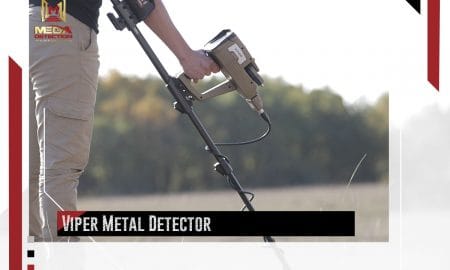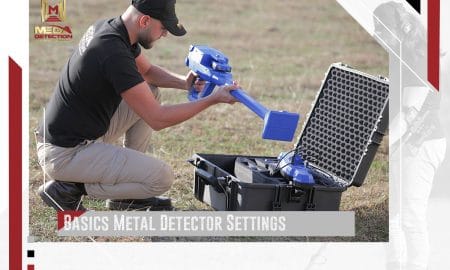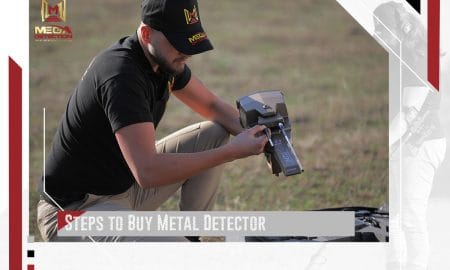Gold Detectors
Searching for gold detector is one of the most exciting and profitable hobbies of our time. There is absolutely nothing more exciting than digging up shiny metal that is worth a fortune. Gold Detectors are capable of finding the tiniest nuggets of gold. With all the new Gold Detecting technologies, it has never been a better time to become a Gold Prospector.
The Difference Between a Gold Detector and a Metal Detector
Gold is a metal, so a Metal Detector is capable of finding gold, and vice-versa, a Gold Detector is also capable of detecting various metals.
Metal Detectors are primarily used by hobbyists who are looking to find a wide range of metals including, relics, artifacts, coins, jewellery including silver and gold.
A normal Metal Detector can be used to find gold rings, jewellery and coins which are considered large compared to finding natural gold such as small gold nuggets and gold flakes as you would when prospecting for gold. For the latter, you would need a true Gold Detector.
Compared to other metals, gold has low conductive properties which means a detector that operates at a higher frequency will perform better. Metal Detectors that are best suited for gold detection will operate at much higher frequencies, typically between 45kHZ – 61kHZ whereas hobby Metal Detectors usually operate at lower frequencies between 6.5kHZ – 14kHZ.
Gold detectors take this process a step further by measuring inductance and conductivity. Basically, inductance refers to the amount of eddy currents produced in the target. Conductivity refers to how easily those currents flow. By measuring the size of the eddy currents and how fast they are traveling, gold detectors can calculate the “time constant” of a target.
Time constants can vary considerably between targets. For example, bits of aluminum foil have very short time constants, gold coins and rings have longer time constants, and scraps of steel, iron, and other ferrous metals have even longer time constants. Gold detectors can be calibrated to specifically search for targets that fall within that “middle” range. Unfortunately, it’s not a foolproof method. The size, shape, and distance of a target (along with other environmental variables) affect the accuracy of the detector’s time constant calculation. To compensate, gold detectors can be re-calibrated on-the-fly to search for a broader or narrower range of time constants.
Imaging System Gold Detectors, The gold detector system with the three-dimensional imaging system is one of the most accurate devices to detect traces and buried treasures, as the device takes electromagnetic images of underground targets and the device screen analyzes it by means of specialized programs in analyzing the signals captured under the ground and determining the type of the discovered target and its depth with accuracy, the imaging devices can also distinguish Small size and lightweight, which makes it easy for you to search for your goal.












Leave a Reply